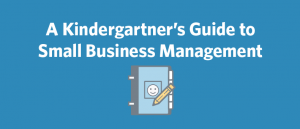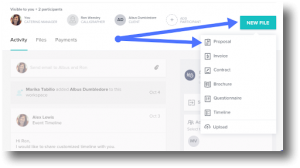Marketing leaders rely on analytics to optimize their marketing campaigns and prove results. Data is the foundation of all analytics, but without robust, reliable data your analytics strategy may fall short at crucial moments. By cultivating the right data sources you can ensure your marketing analytics will provide actionable insights and accurate results. What’s a critical data source? Call attribution. It enhances the accuracy and integrity of your marketing analytics at every level.
Here are 4 ways call attribution data will give your marketing analytics an edge.
More Accurate Lead Generation
Marketers need accurate attribution data for inbound leads to prove the results of their lead generation campaigns. They’re typically well-equipped to accurately track web leads, yet they lack the ability to track leads that convert over the phone. This requires call attribution technology, which allows marketers to connect phone leads back to the marketing source that drove the call.
Not accounting for phone leads creates a huge blind spot for marketers: 49% of conversions are missed or misattributed to the wrong source. Analytics that only reflect half the volume of what’s actually being driven by lead generation efforts is enough to keep any marketer up at night.
Better A/B Testing Results
Marketers – especially digital marketers – relentlessly test and optimize every aspect of their campaigns to fine-tune performance, which is often done through A/B testing or multivariate testing. Test winners are selected based on a desired conversion rate, and marketers often focus solely on counting web form fills. This is only half of the story.
A large number of conversions can be unaccounted for if marketers only focus on online conversions. Imagine selecting a winning variation because it drove 15% more web form fills while, unknown to you, the second variation drove twice as many phone calls as the first did form fills. This skews your results and leaves you with a winning variation that actually drove fewer conversions and less revenue. This error can be avoided by including call data in your A/B testing analytics. With more comprehensive test results, marketers can confidently optimize their campaigns for both online and offline conversions.
Reduced Acquisition Costs
Marketing can be a high expense for businesses, which makes acquisition costs a key indicator as to whether or not you’re efficiently allocating your marketing spend.
Customer acquisition cost (CAC) is a relatively simple calculation that divides the dollar amount spent on marketing by the number of new customers acquired. When marketers can’t accurately attribute new customers to their campaigns, the denominator of our calculation drops and results in dramatically higher CAC.
Acquisition costs will only be accurate when both phone and web leads are tied back to their campaigns. Save yourself from inaccurate and inflated customer acquisition costs by using call attribution data and taking credit for every new customer your marketing drives.
Higher ROI
ROI is the heavyweight of marketing analytics and is the true measure of both marketing campaigns and marketing leaders. Your marketing team may be impressive, and your campaigns world-class, but that never matters if you aren’t driving revenue for your business.
When call attribution data is omitted from your marketing analytics, you’ll be unable to fully track revenue back to your marketing efforts. When you have complete analytics for online and offline revenue drivers, your ROI will improve and reflect the true results of your marketing efforts.
Call attribution data bolsters your marketing analytics by crediting you with leads, customers, and revenue you’ve earned and that would have otherwise been missed.
To discover additional ways your marketing analytics will be improved by call attribution data, download our Digital Marketer’s Guide to Call Attribution.
Business & Finance Articles on Business 2 Community(51)
Report Post





